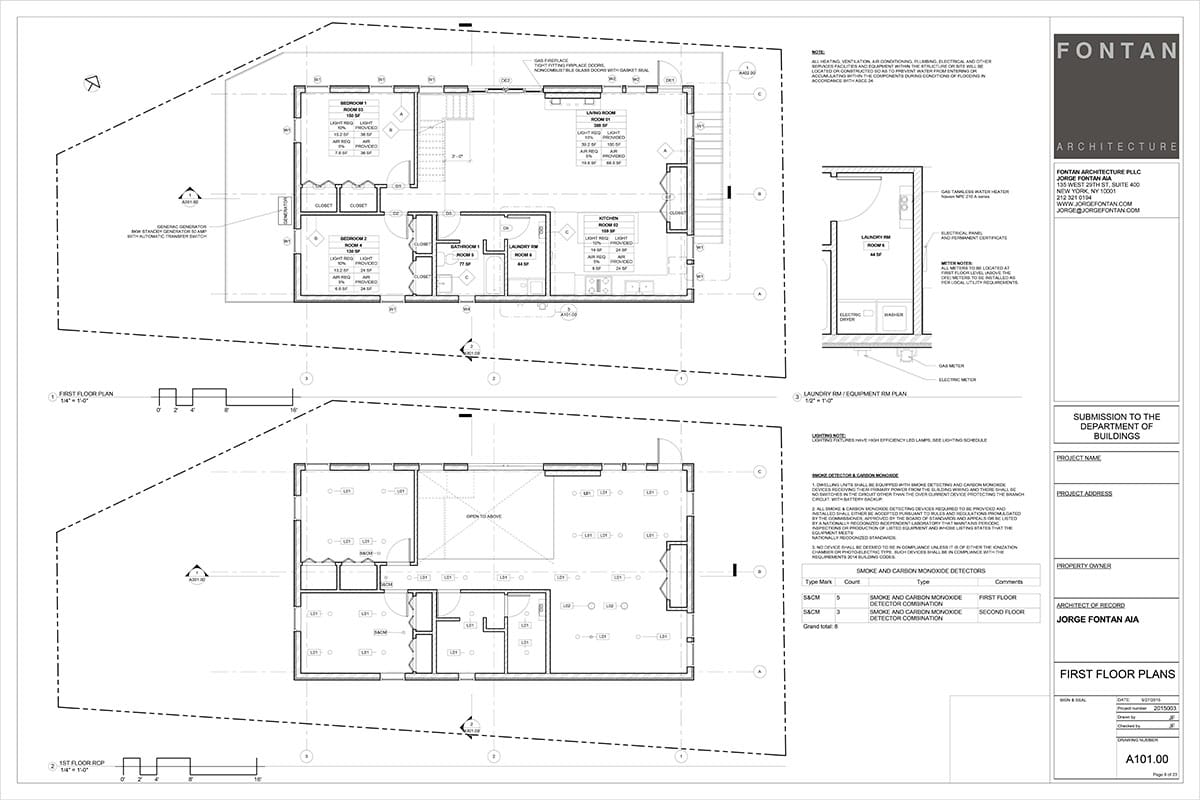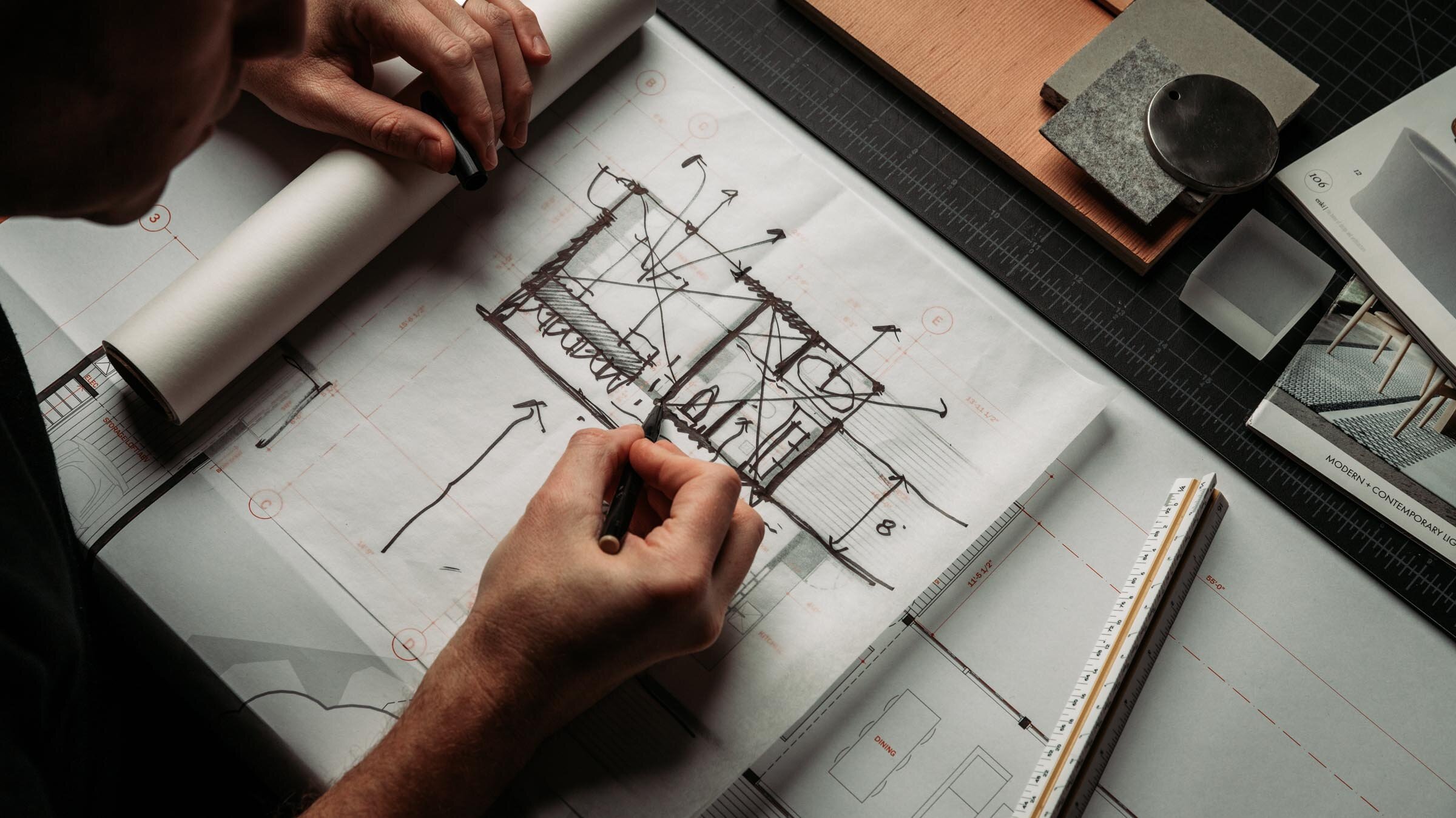The Vital Duty of an Engineer fit Lasting Urban Atmospheres for Future Generations
The duty of an architect in crafting sustainable metropolitan settings is progressively crucial in responding to the challenges of climate adjustment and urbanization. By perfectly integrating eco-friendly concepts right into their layouts, architects not just enhance the visual and practical high quality of urban areas yet also address pressing issues such as power effectiveness and social equity. Their experience in innovative materials and neighborhood engagement forms advancements that reverberate with neighborhood values and ambitions. However, as we discover the complexities of this area even more, it comes to be apparent that the future of urban living may rest on the very methods engineers utilize today.

Understanding Lasting Urban Design
Sustainable city style incorporates ecological principles with urban preparation to create atmospheres that are not only comfortable however likewise resistant. This method emphasizes the value of including all-natural systems right into the metropolitan fabric, ensuring that advancement meets the needs of the present without endangering the ability of future generations to satisfy their very own requirements. Secret components of lasting city style include effective land usage, the promo of biodiversity, and the assimilation of green areas, every one of which contribute to improved top quality of life for locals.
In addition, lasting urban design focuses on the decrease of the city warm island result, improved air quality, and efficient stormwater monitoring. It encourages using renewable energies and energy-efficient structure practices, which dramatically reduced carbon footprints. Sustainable metropolitan layout fosters social equity by creating available public areas and promoting mixed-use growths that provide to varied populations.
Via thoughtful planning and ingenious layout approaches, sustainable city environments can boost community resilience versus climate change while promoting financial development. This holistic strategy not only addresses prompt metropolitan challenges yet likewise lays the foundation for much healthier, much more sustainable cities for generations to come.
Trick Duties of Engineers
Engineers play a pivotal function fit lasting metropolitan environments by translating design concepts into tangible frameworks and rooms. Their obligations encompass a large range of tasks that add to the total success of city layout tasks.
Primarily, architects perform thorough site analyses to comprehend the environmental, social, and social context of their projects. This foundational knowledge educates their style choices, making sure that structures balance with their surroundings. cda architects. They additionally participate in joint processes with stakeholders, including city planners, engineers, and the community, fostering an inclusive approach to city advancement
In addition, designers are charged with producing designs that enhance power efficiency, resource conservation, and capability. They should comply with local zoning laws, building codes, and sustainability accreditations, making certain conformity while pressing the boundaries of advancement.
Moreover, designers are responsible for managing the style process, coordinating with various experts throughout the building phase to ensure that the vision is realized properly. Ultimately, their function is not exclusively about appearances; it is about producing resistant, adaptive spaces that improve the top quality of life for current and future generations, laying the foundation for sustainable city living.
Cutting-edge Materials and Techniques
In check that the quest of environmentally responsible style, ingenious materials and methods have arised as important elements in the creation of sustainable city settings. Architects are progressively making use of materials that decrease environmental impact while improving power performance. Recycled materials, such as recovered timber and repurposed metals, not only minimize waste however additionally add distinct aesthetic qualities to structures.
Furthermore, developments in technology have actually caused the advancement of high-performance materials, such as shielded concrete types (ICFs) and solar glass, which add to energy preservation and harness renewable resource. cda architects. Techniques such as passive solar layout and eco-friendly roof coverings additionally exemplify just how design can harmonize with all-natural systems, decreasing reliance on fabricated heating & cooling
In addition, the combination of smart products, which adapt to ecological modifications, supplies appealing avenues for improving building performance. These products can reply to temperature level fluctuations or wetness degrees, enhancing convenience and sustainability.
Eventually, the tactical selection and application of cutting-edge products and methods equip engineers to create city spaces that are not just useful and aesthetically pleasing but likewise resilient and ecologically responsible, ensuring a lasting future for generations to find.

Area Interaction and Collaboration
The success of cutting-edge products and techniques in sustainable city design is considerably enhanced by energetic area interaction and partnership. Designers have to identify that the developed atmosphere exceptionally affects the lives of regional residents, making it necessary to entail them in the style process. Engaging the neighborhood promotes a sense of possession and liability, making certain that developments not only satisfy visual and useful needs however also reflect the worths and goals of those that populate them.
Partnership with diverse stakeholders-- consisting of local federal governments, environmental teams, and homeowners-- makes it possible for designers to gather valuable understandings and comments. This comprehensive strategy can cause more lasting services that deal with certain area challenges, such as ease of access, green spaces, and power performance. Moreover, by assisting in workshops and public forums, designers can grow discussion and understanding, which ultimately enriches the layout process.
Successful area interaction likewise assists in prioritizing social equity within urban development. By considering the voices of marginalized our website populaces, designers can produce spaces that are comprehensive and fair. This way, community involvement and cooperation become indispensable to achieving absolutely lasting urban settings that serve the demands of present and future generations.
Future Fads in Lasting Style

In addition, developments in modern technology are forming future fads in lasting architecture. The assimilation of clever materials and building systems permits real-time energy management, improving effectiveness and lowering carbon footprints. Advancements such as green roofs, living walls, and energy-generating facades are becoming basic techniques, additionally promoting ecological balance within city atmospheres.
Moreover, a change in the direction of biophilic style is obtaining grip, highlighting the connection in between nature and human well-being. By incorporating natural elements, engineers create spaces that cultivate psychological health and wellness while promoting biodiversity.
Final Thought
In conclusion, architects are pivotal beforehand sustainable urban atmospheres through their knowledge in style, ingenious products, and community interaction. By prioritizing power performance and resource conservation, these professionals contribute to the production of resistant metropolitan areas that fulfill the needs of present and future that site generations. The combination of environmental concepts not just enhances livability but additionally cultivates social equity, guaranteeing developments reverberate with the worths and desires of the areas they serve.
Comments on “How CDA Architects Incorporate Eco-Friendly Practices in Architectural Projects”